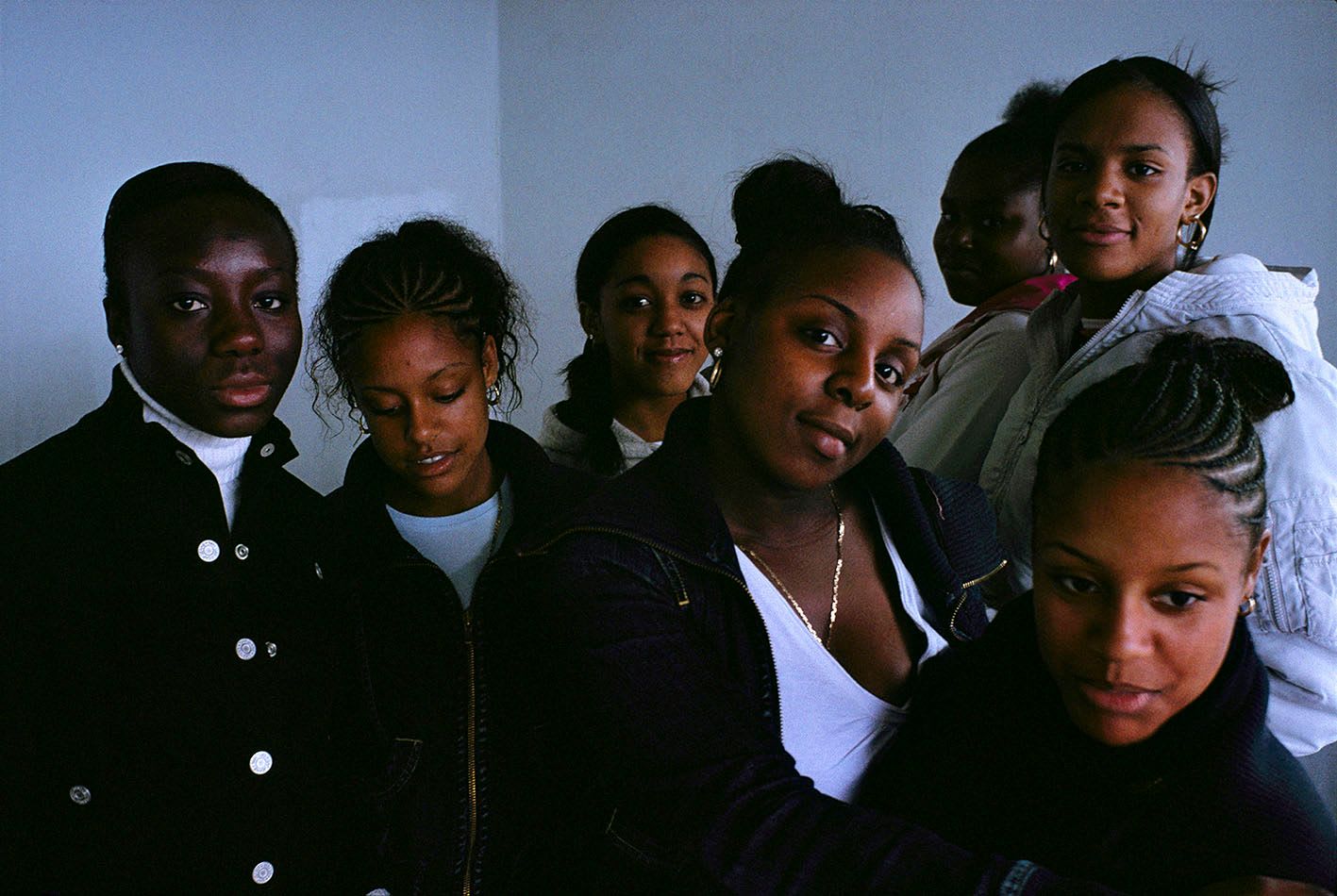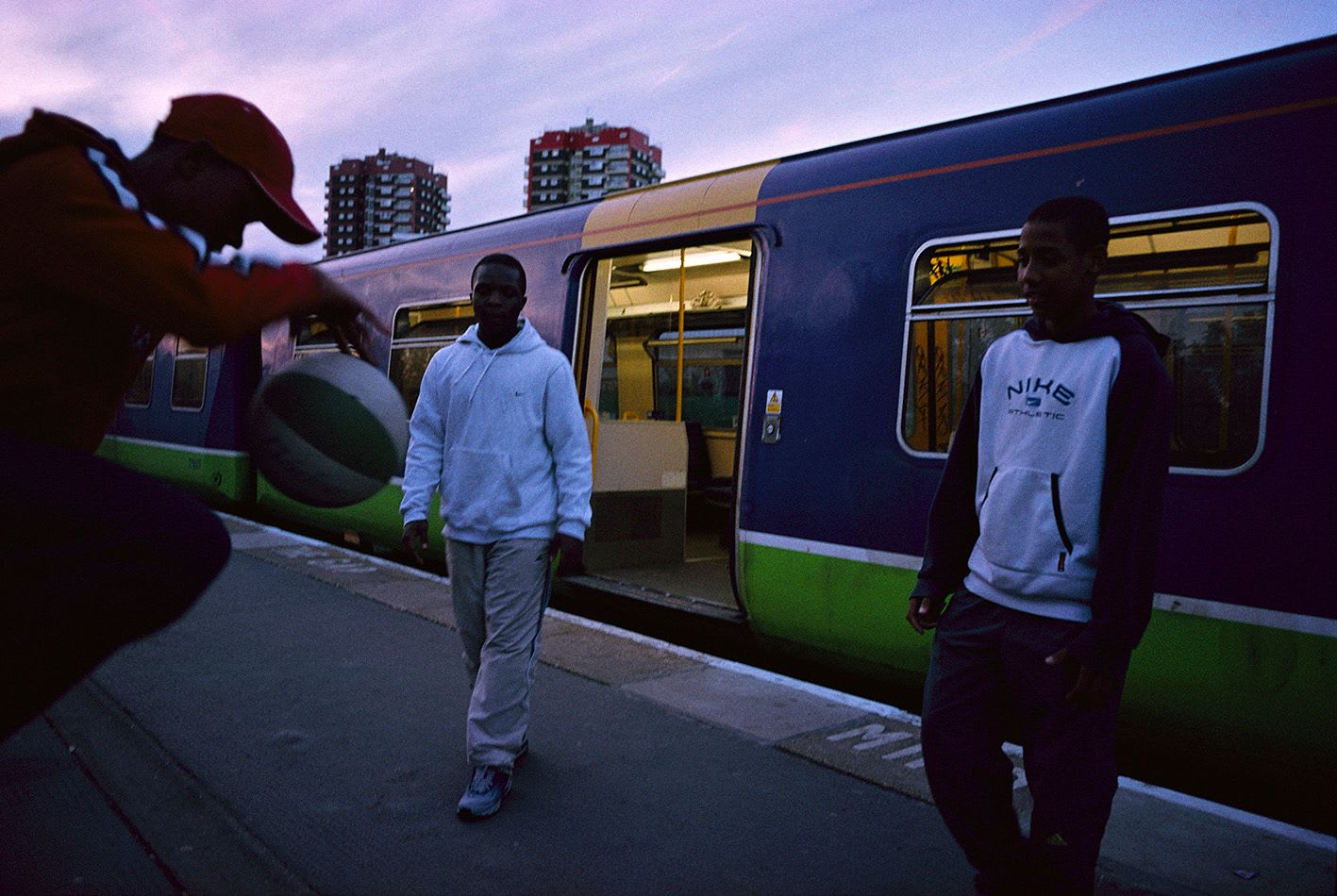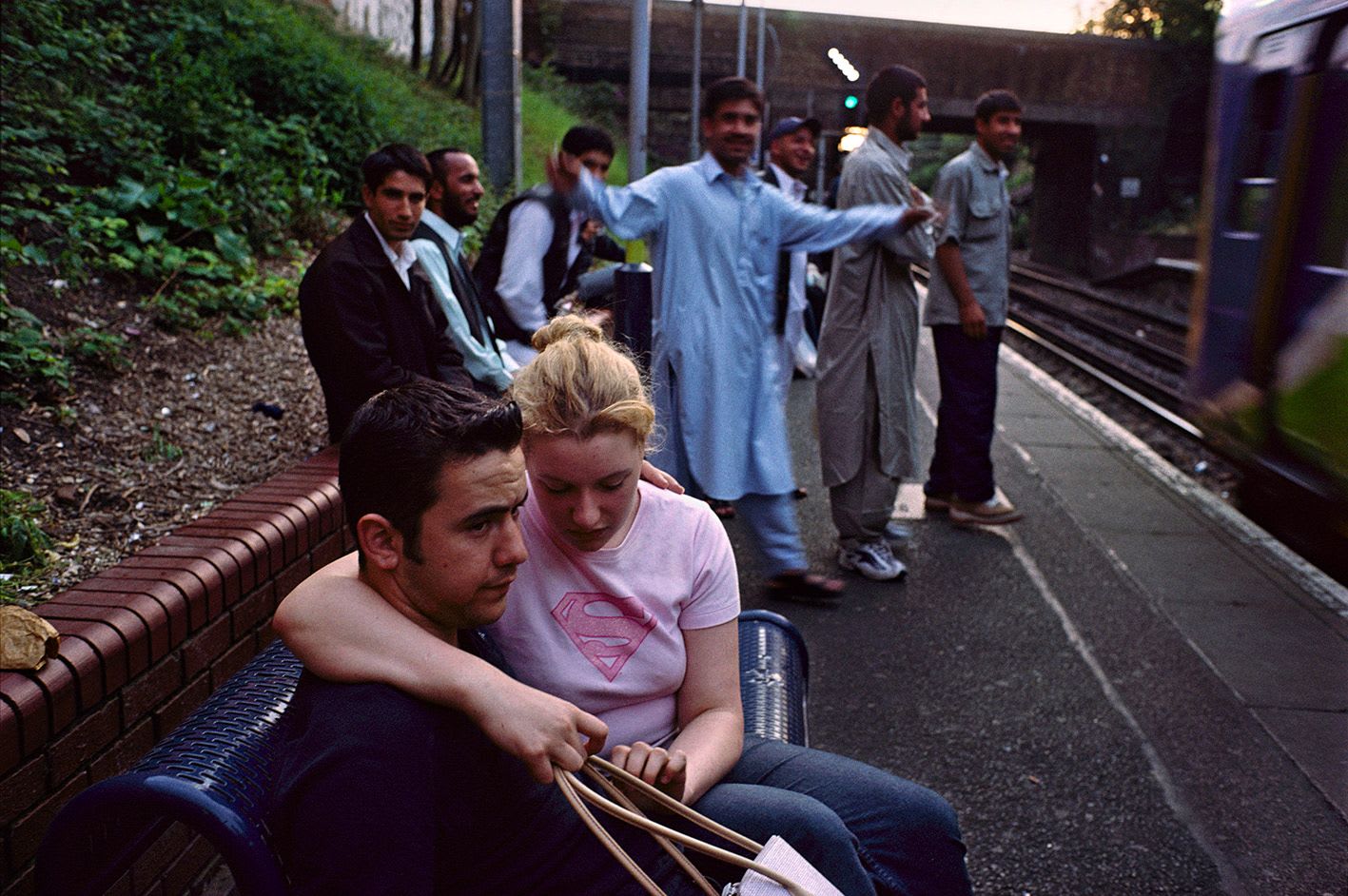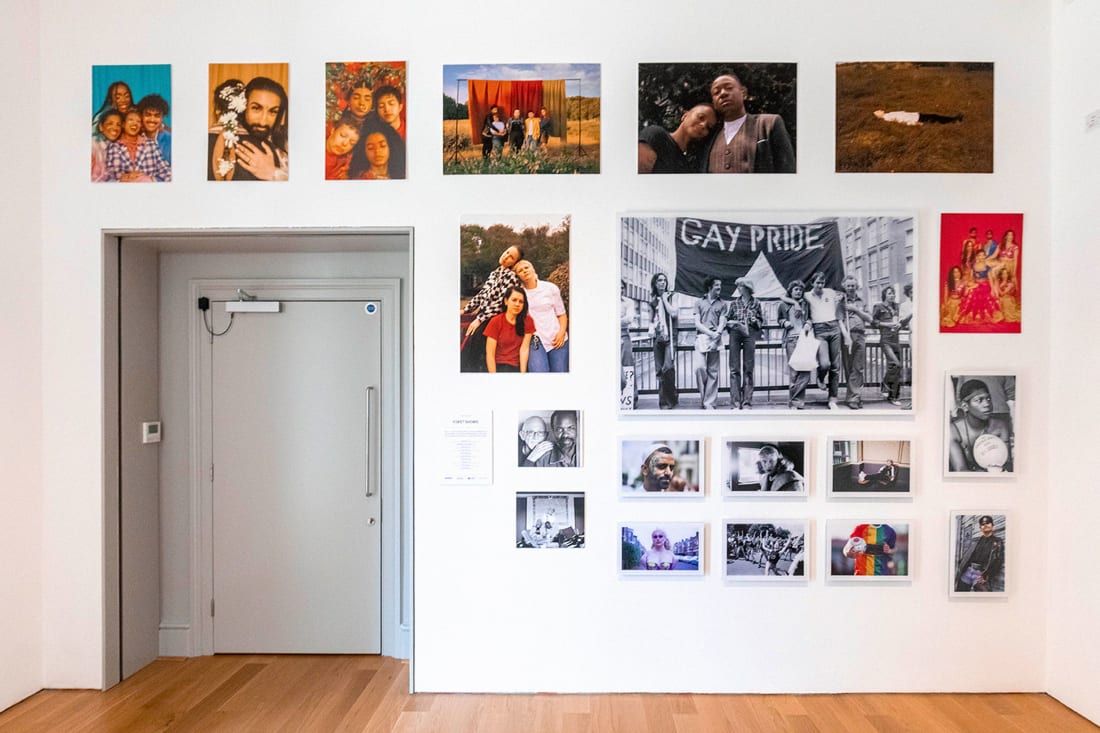Nostalgic Photos Show 00s Teens In A Changing London
Between 1998-2010, Simon Wheatley photographed North London’s commuters as they navigated coming of age, gentrification and culture in flux all on one trainline.
Between 1998-2010, Simon Wheatley photographed North London’s commuters as they navigated coming of age, gentrification and culture in flux all on one trainline.
Prolific photographer Simon Wheatley is no stranger to lensing social change. Living in Singapore and travelling extensively through Eastern Europe before finally settling in the UK, Wheatley used his camera as a way of understanding the fragile and ever-changing societies he found himself in.
“I was working in Budapest after university, wandering the streets alone with my camera on the weekends, observing the shifting society as capitalism took over from communism in Eastern Europe. The camera really did become my friend and I came to relish that solitude,” Wheatley recalls from the 90’s. And sure enough, he had found his calling; capturing people and societal change reflected through the landscapes of urban city life.
And it is exactly this agenda that inspired his street photography throughout the late 90s and early 00s – images that are now documented in his book, Silverlink. After his travels, Wheatley eventually settled in London, where the suburban outskirts of the city were to become his muse for a little over a decade.
“I saw the journey of what used to be called The North London Line hidden beneath the colourful tube map, like something of a secret. It looked so epic,” Wheatley remembers. From the years of 1998-2010, he commuted across this iconic inner city train line – which spans from West London’s gentrified Richmond all the way to East London’s working class Woolwich, taking his camera with him along for the ride. As a result, Wheatley inadvertently documented a generation of Londoners as they came of age, industrial and cultural change at a time where political turmoil, gentrification and the emergence of the internet was changing everything for these city-dwellers.
This collection of images culminates in his latest photobook, Silverlink. Post publication, woo caught up with Wheatley to reflect on the inspiration behind the decade-long project, moments behind the camera that have stayed with him and how he has seen London’s youth culture change along the way.


Do you remember what inspired you to start the project?
Simon Wheatley: I felt this was a project I could lose myself in, an adventure I could have. I decided upon the title of the book when I realised how this would be a document about the Blair years. Labour promised to repeal rail privatisation but his government failed to honour that. I was fascinated by the apparent social polarities of places on the line - Hampstead to (pre-gentrified) Hackney for example. And I felt that it was important to put a book out there that did not let this fact be forgotten, even if on the surface Silverlink might not seem like an overtly political piece of work. Silverlink is also quite simply the name by which many people fondly remember this train line.
Your portfolio of work is mainly capturing city life. What draws you to this?
Simon Wheatley: I really don’t know; it’s just that I live in the city. Initially I was not good at getting paid work as a photographer so I had to do something with my time and availability.
As a photographer of youth culture, how have you seen young people change over the years, through ‘Silverlink’ and beyond?
Simon Wheatley: I mentioned being in Budapest just before the internet and I remember how things generally seemed deeper back then. The mobile phone became ubiquitous soon after and changed society so much too, and when the two combined in the smartphone they created something of a different world altogether. Young people have become especially addicted to their phones and as a photographer of youth culture I do look back at that lost time with fondness given the state we are in today. There are so many pictures I have which just would not happen today.
Take the vertical image at Gunnersbury, for example [see below], with the couple in the background and the guy sitting in the foreground who seems to be brushing a piece of paper on the platform floor in what seems to be boredom - which gives the image intrigue as well as being crucial for the visual rhythm. But nowadays he would probably just be on his phone. If I tried to do a project like this today all I’d probably get is pictures of people staring into their devices. I do feel very sad about this change, I think the smartphone is killing imagination.



The photos cover vastly polarised areas of London in terms of gentrification and social class - what observations did you make about London’s gentrification and its relationship to the people you met?
Simon Wheatley: I came to see that rich people didn’t seem to ride the Silverlink trains so it was difficult to reflect this visually. Several of the areas along the line - particularly in the east - underwent gentrification in the course of the project and this does seem to have become something of an unstoppable force in London.
At the beginning of the book I write about an old antiques dealer I met on the platform at North Woolwich who had been forced out of his shop on Portobello Road when Notting Hill property prices went through the roof in the 1980s. Back then I couldn’t have imagined that Woolwich would also become part of that gentrification process - it was just too far from the centre. Even Hackney seemed too much of a long shot, which is hard to believe now. But somehow the process has gone on and on.
Do you have a particularly fond memory of a photographic moment or an encounter from your time on Silverlink?
Simon Wheatley: Many of the encounters were fleeting, as one might expect on an urban train ride. There’s a picture of some girls at Gospel Oak, however, which I’m particularly fond of. They were very charming and seemed to retain the innocence of childhood even though they were well into their teens. It’s a complex image because along with the sweetness of the smiles you can also see the affectation which comes with being a teenager. Even back then people were suspicious about photography so I was very touched at the trust they seemed to have in me. Nowadays, I can’t imagine a group of girls that age being so willing to pose for a stranger.



Silverlink is available to buy now via Backdoor Editions.



